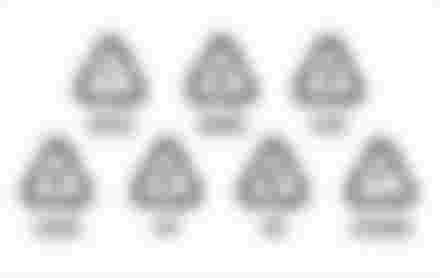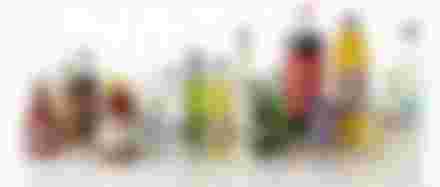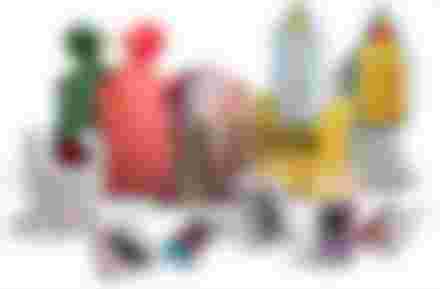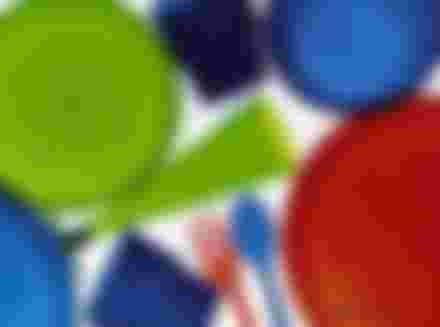The use of plastic is increasing in our daily life. We used to use certain things made of plastic. Now almost everything from household utensils to furniture and cricket stamps to flower tubs are being made of plastic. And outside the country, the construction of houses with plastic has started. But have you ever noticed that plastic products have different symbols on them? If you notice, you will see the symbolic shape of a triangle on the plastic product. And there are some arithmetic numbers and some English letters in or around those symbols. The signs are mainly used for guidance and caution on various issues such as how to use plastic, how durable it is, and how environmentally friendly it is. These are also called plastic recycling or recycling signs. Let's find out, the secrets of using these symbols, arithmetic numbers and English letters used in plastic.Different categories of plastic numbers Source: Orderhealth
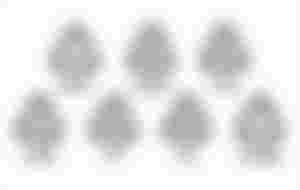
First category
Plastic in this category has a triangle-shaped symbol of recycling. And the number 1 will be written in the middle of the symbol. Below the symbol is written PETE or PET (Polyethylene Terephthalate). This means that the plastic has the effect of terephthalate polyethylene. This type of plastic is commonly used to make bottles or containers for water, baking soda and oil. Bottles of mineral water and all beverages in our country are made of this category of plastic. Carpets, bags, small toys, etc. are made by recycling this category of plastic after use. Although some experts consider it to be a safe plastic, such plastics mainly carry and spread bacteria. Although due to ignorance this category of plastic bottles we use to drink water day after day.

The second category
This category of plastic has HDPE (High Density Polyethylene) written below the triangle shape of the recycling. This means that the plastic has a high density of polyethylene material and the number 2 will be written in the middle of the symbol. This type of plastic is used for shampoo bottles, milk jugs, house cleaning containers, juice bottles, food grain containers, detergent powder containers, gallons of motor oil, yogurt and butter containers, etc. Pens, benches, tables, etc. are made by recycling this plastic after use. This type of plastic is safe. However, no plastic is safe for long-term use.
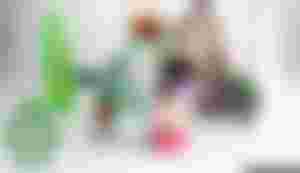
The third category
This category of plastic has V or PVC (Vinyl) written below the triangular shape of the recycling, which means that the plastic has the effect of polyvinyl chloride. And the number 3 will be written in the middle of the recycling symbol. This plastic is used to make food wrapping packets, plumbing pipes, detergent bottles, ATM cards or membership cards, medical equipment, etc. Plastic in this category is unhealthy. These plastics cause various health problems like abortion. These plastics contain germs that can cause long-term sleep cancer, bone loss and liver problems. In many ways it causes extensive damage to the environment. Yet the use of this plastic is widespread worldwide.
Fourth category
LDPE (Low Density Polyethylene) is inscribed below the triangle shape of the recycling on this category of plastic. This means that the plastic has the effect of a light-density polyethylene material and the number 4 will be written in the middle of the recycling symbol. This plastic is used in shopping bags, clothing, carpets, frozen food, bread bags, and food wrapping polythene bags. Although the recycling method has not yet recognized this plastic in the selection process, it is still being used as a safe plastic.
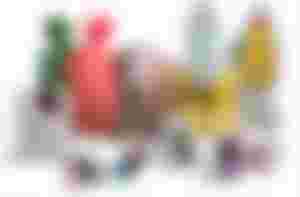
Fifth category
This category of plastic has PP (Polypropylene) written below the triangle shape of the recycling. This means that the plastic has the effect of polypropylene material and the number 5 will be written in the middle of the recycling symbol. Such plastics are used in ketchup bottles, syrup bottles, and medicine bottles. Plastics in this category are one of the safest plastics.
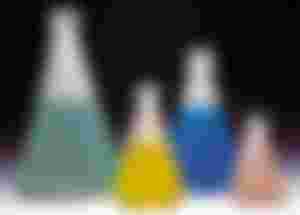
Sixth category
PS (Polystyrene) is written below the triangle shape of the recycling on the plastic of this category. This means that this type of plastic has a polystyrene effect and the number 6 will be written in the middle of the recycling symbol. Plastic in this category is quite difficult to recycle. As a result, it is very harmful to the environment. It also causes various health problems. This type of plastic is used in egg cages, plastic mugs, cups, saucers etc.

Seventh category
Experts have created this separate category as the plastic of this category does not fall into the above category. These plastics are made by mixing different substances, which include polycarbonate. The number 7 will be written in the middle of the recycling symbol. This plastic is used in sunglasses, iPod cases, nylon for computers, and bulletproof materials. It contains the toxic bisphenol-A (BPA). Due to the presence of BPA in this plastic, it can cause hormonal disorders, infertility, hyperactivity, reproductive problems and other health problems. So such plastics should be avoided.
Any number of plastics should be avoided
All types of plastic should be avoided. Since it is not possible for us alone to avoid plastic completely. Therefore, experts say that it is better to avoid plastics numbered 3, 6 and 7. And they think the plastics numbered 1, 2, 4 and 5 are relatively safe.
The way it started
The Society of the Plastic Industry (SPI) introduced this coding system in 1986 to make it easier for recycling or recycling organizations to classify different types of plastics. Basically, the numbers in the triangle indicate the grade of the plastic. Although not in all countries, this method is being used in the plastic industry of different countries.
Note
Some possible products in each category are described. Therefore, instead of directly matching the number of plastic recycling with the mentioned product, but actually matching a plastic product with the mentioned criteria, the correct result can be obtained. These seven categories of plastic products can be used only once, which means they are made for one time use. If more than this is used, it can be harmful to health. It is not right to feed children with plastic products. If you fill hot items or heat food in plastic bottles or plates, plastic toxins can get into the food, which can enter the body and harm health. And plastic that does not have such a symbol or mark, it must be understood that the plastic product is not made to protect the international standards and it is more unsafe. We can use glass, porcelain and stainless steel utensils or products as an alternative to plastic products.
